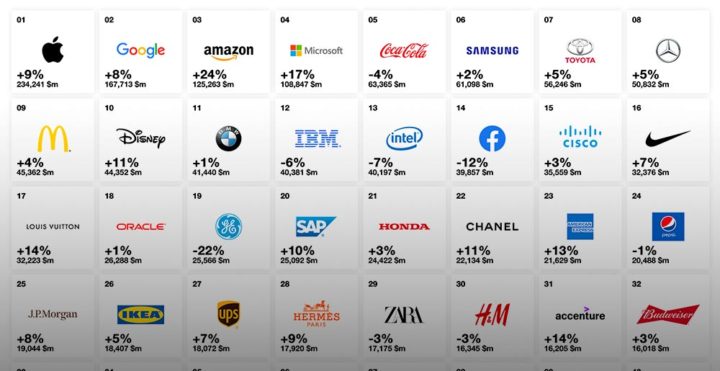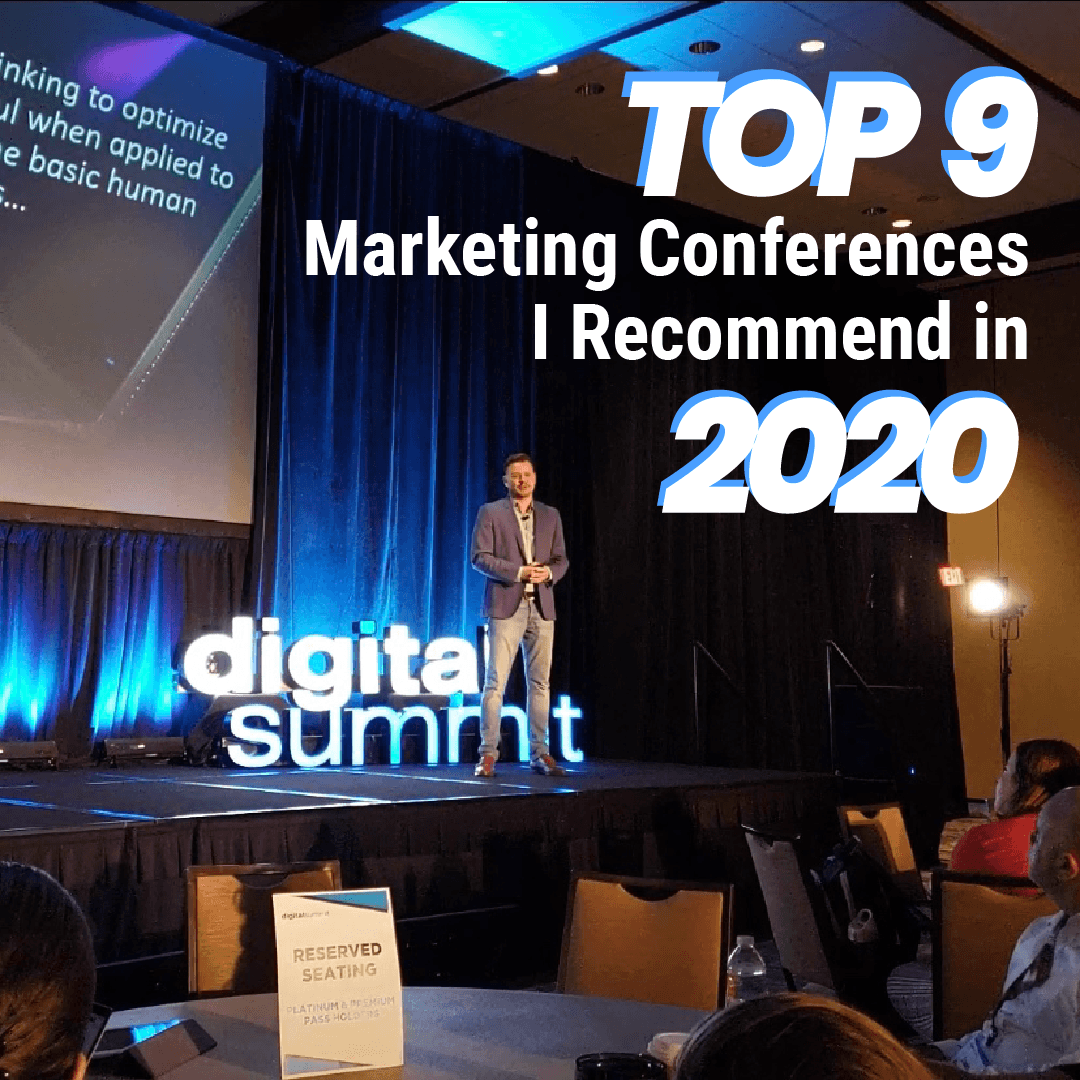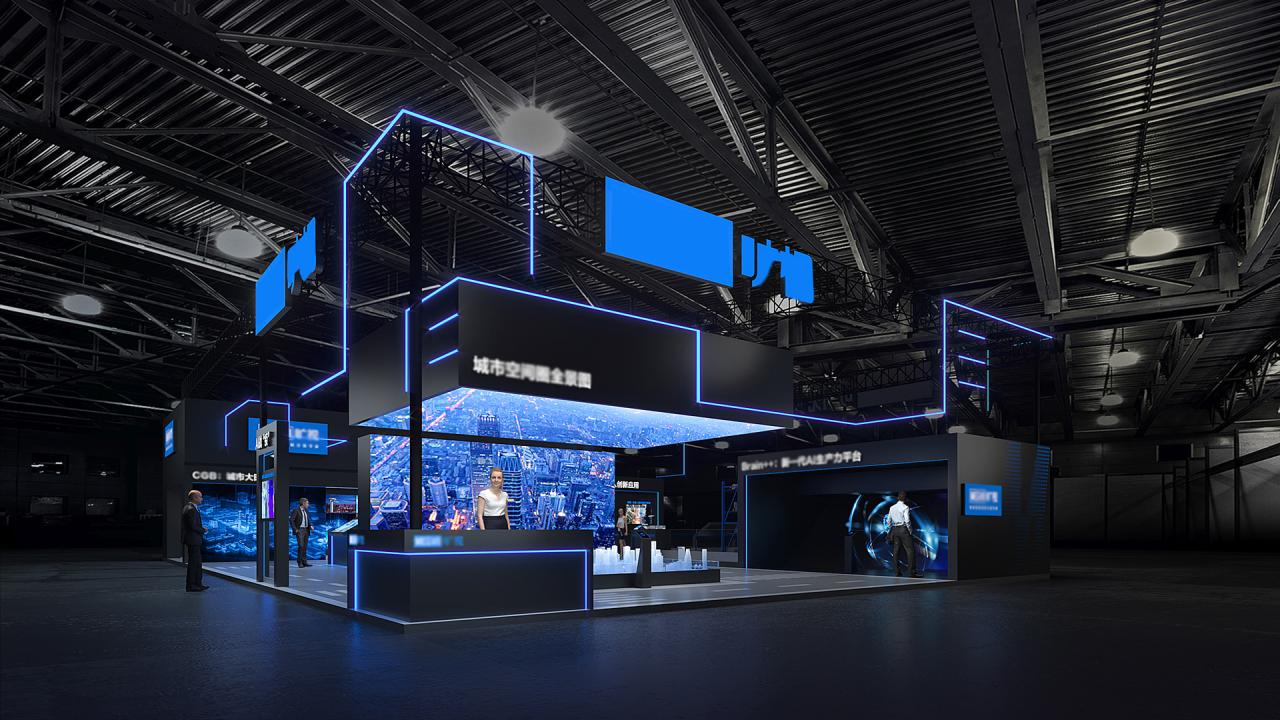Brand Technology: Shaping Modern Marketing
Brand technology is revolutionizing the way businesses connect with customers. Gone are the days of relying solely on traditional marketing and advertising. Today, companies are leveraging technology to create immersive […]

Brand technology is revolutionizing the way businesses connect with customers. Gone are the days of relying solely on traditional marketing and advertising. Today, companies are leveraging technology to create immersive brand experiences that resonate with consumers on a deeper level. From personalized content and data-driven insights to innovative technologies like artificial intelligence and augmented reality, brand technology is driving brand loyalty and business growth.
This comprehensive guide explores the key components of a successful brand technology strategy, including data analytics, content marketing, and emerging technologies. It delves into building a robust brand technology ecosystem, measuring its success, and anticipating future trends that will shape the marketing landscape.
Defining Brand Technology
In today’s digitally driven world, brands are constantly seeking innovative ways to connect with their audiences and build lasting relationships. Brand technology, also known as brand tech, is a critical aspect of this evolution, encompassing the tools, strategies, and approaches that leverage technology to enhance brand experiences and drive business growth.
Brand technology goes beyond traditional marketing and advertising methods, embracing a more holistic and data-driven approach. It leverages technology to understand customer behavior, personalize interactions, and create seamless, engaging experiences across all touchpoints.
Examples of Brand Technology in Action
Companies are employing various brand technology strategies to create meaningful connections with their customers. Here are some examples:
- Personalized Content Delivery: Brands like Netflix and Spotify utilize algorithms to analyze user preferences and deliver personalized recommendations for movies, shows, and music. This tailored content fosters engagement and strengthens brand loyalty.
- Interactive Experiences: Virtual reality (VR) and augmented reality (AR) are transforming brand experiences. Companies like IKEA allow customers to visualize furniture in their homes using AR technology, while theme parks like Universal Studios create immersive VR experiences that enhance the overall entertainment value.
- Data-Driven Insights: Brands are using data analytics to gain deeper insights into customer behavior and preferences. This data helps them optimize marketing campaigns, personalize product offerings, and improve customer service.
- Social Media Engagement: Social media platforms have become essential for brand building. Companies are leveraging social media to engage with customers, build communities, and launch interactive campaigns. Brands like Nike and Adidas utilize social media to showcase their latest products, inspire athletes, and connect with their target audience.
Building a Brand Technology Ecosystem
A brand technology ecosystem is a strategic approach to connecting and integrating various technologies and platforms to enhance brand experiences, drive efficiency, and achieve business goals. It involves creating a cohesive system that enables seamless data flow, collaboration, and innovation across different departments and touchpoints.
Framework for Building a Robust Brand Technology Ecosystem
Building a robust brand technology ecosystem requires a well-defined framework that encompasses key elements:
- Define Clear Objectives and Goals: Clearly articulate the desired outcomes of the ecosystem, such as improving customer engagement, enhancing brand awareness, optimizing marketing campaigns, or streamlining operations. This will guide technology selection and integration.
- Identify Core Technologies and Platforms: Determine the essential technologies and platforms that will support the brand’s objectives. This may include customer relationship management (CRM), marketing automation, analytics, content management systems (CMS), e-commerce platforms, social media management tools, and more.
- Prioritize Integration and Interoperability: Ensure that the chosen technologies can seamlessly communicate and share data with each other. This involves selecting platforms with open APIs, standardized data formats, and compatible integration capabilities.
- Establish Data Governance and Security: Implement robust data governance policies and security measures to protect customer data, ensure compliance with regulations, and maintain data integrity.
- Foster Collaboration and Knowledge Sharing: Create a culture of collaboration and knowledge sharing across departments to maximize the value of the ecosystem. This involves regular communication, training programs, and a central repository for best practices and documentation.
Steps Involved in Integrating Different Technologies and Platforms
Integrating different technologies and platforms within a brand technology ecosystem involves a series of steps:
- Technology Selection: Conduct a thorough evaluation of available technologies based on the brand’s needs, budget, and technical capabilities. Consider factors such as scalability, security, user-friendliness, and integration capabilities.
- Data Mapping and Integration: Identify and map the data points that need to be shared across different platforms. Develop integration strategies to ensure seamless data flow and consistency.
- API Integration: Utilize application programming interfaces (APIs) to connect and exchange data between different platforms. This enables real-time data synchronization and automation.
- Testing and Optimization: Conduct thorough testing to ensure that the integrated system functions correctly and meets performance expectations. Optimize data flows and workflows to enhance efficiency and effectiveness.
- Ongoing Maintenance and Updates: Regularly maintain and update the ecosystem to address new technologies, evolving data requirements, and security vulnerabilities.
Key Stakeholders and Their Roles
Implementing a brand technology strategy requires the involvement of various stakeholders, each with distinct roles and responsibilities:
- Marketing Team: Responsible for defining marketing goals, selecting marketing technologies, and managing marketing campaigns within the ecosystem.
- IT Department: Provides technical expertise, manages infrastructure, ensures security, and oversees the integration of technologies.
- Data Analytics Team: Collects, analyzes, and interprets data from the ecosystem to provide insights for decision-making.
- Customer Service Team: Utilizes the ecosystem to improve customer interactions, provide personalized support, and resolve issues efficiently.
- Leadership Team: Provides strategic direction, sets priorities, and allocates resources for the ecosystem.
Challenges and Opportunities Associated with Building a Brand Technology Ecosystem
Building and managing a brand technology ecosystem presents both challenges and opportunities:
- Complexity and Integration Challenges: Integrating multiple technologies and platforms can be complex and require significant time and effort. Ensuring seamless data flow and interoperability can be a challenge.
- Data Security and Privacy: Protecting customer data and complying with privacy regulations is crucial. Implementing robust security measures and data governance policies is essential.
- Cost and Resource Allocation: Building and maintaining a brand technology ecosystem can be expensive, requiring significant investment in technology, infrastructure, and personnel.
- Change Management and Adoption: Introducing new technologies and processes can be challenging for employees. Effective change management strategies are necessary to ensure adoption and maximize the value of the ecosystem.
- Innovation and Adaptability: The technology landscape is constantly evolving. Staying ahead of the curve and adapting to new technologies is crucial for maintaining a competitive advantage.
Measuring Brand Technology Success
Measuring the effectiveness of brand technology initiatives is crucial for demonstrating their value and ensuring continued investment. By establishing a robust framework for tracking and analyzing key metrics, businesses can gain valuable insights into the performance of their brand technology ecosystem and optimize their strategies for maximum impact.
Defining Key Performance Indicators (KPIs)
KPIs provide quantifiable measures of success for brand technology initiatives, allowing businesses to track progress, identify areas for improvement, and demonstrate the return on investment (ROI). These metrics can be grouped into three main categories:
- Brand Engagement: KPIs in this category measure the level of interaction and connection consumers have with a brand across various touchpoints. Examples include website traffic, social media engagement, content consumption, email open rates, and brand mentions.
- Customer Satisfaction: These KPIs focus on gauging customer experiences and satisfaction with the brand’s products, services, and interactions. Key metrics include customer reviews, net promoter score (NPS), customer churn rate, and customer lifetime value (CLTV).
- Return on Investment (ROI): This category of KPIs measures the financial impact of brand technology initiatives, demonstrating the value generated from investments. Metrics include cost per acquisition (CPA), conversion rates, revenue growth, and profit margins.
Tracking KPIs
Tracking KPIs is essential for understanding the performance of brand technology initiatives over time. This involves collecting data from various sources, such as website analytics, CRM systems, social media platforms, and marketing automation tools.
- Data Collection: Implementing robust data collection processes is critical for accurate and reliable KPI tracking. This involves integrating data from different sources and establishing clear data governance policies.
- Data Analysis: Once data is collected, it must be analyzed to derive meaningful insights and identify trends. This may involve using statistical analysis techniques, data visualization tools, and dashboards to present data in a clear and actionable manner.
- Reporting: Regular reporting on KPIs is essential for monitoring progress, identifying areas for improvement, and communicating results to stakeholders. Reports should be concise, informative, and tailored to the specific audience.
Best Practices for Measuring Impact, Brand technology
To ensure accurate and impactful measurement of brand technology initiatives, businesses should follow best practices:
- Establish Clear Objectives: Before implementing any brand technology initiatives, it’s crucial to define clear objectives and align them with business goals. This will provide a framework for selecting appropriate KPIs and measuring success.
- Identify Relevant KPIs: Choose KPIs that are relevant to the specific objectives of the initiative and provide meaningful insights into its performance. Avoid tracking too many KPIs, as this can lead to data overload and confusion.
- Baseline Measurements: Establish baseline measurements before launching any initiative to track progress and demonstrate the impact of brand technology.
- A/B Testing: Conduct A/B testing to compare different versions of brand technology implementations and identify the most effective strategies.
- Continuous Optimization: Regularly review and adjust KPIs based on insights gained from data analysis and reporting. Continuously optimize brand technology initiatives to maximize their impact and ensure they remain aligned with evolving business goals.
Data Analysis and Reporting
Data analysis and reporting play a crucial role in optimizing brand technology strategies. By analyzing data from various sources, businesses can identify trends, patterns, and insights that inform decision-making and drive continuous improvement.
- Trend Analysis: Analyzing data over time allows businesses to identify trends in brand engagement, customer satisfaction, and ROI. This can help predict future performance and inform strategic adjustments.
- Segmentation and Targeting: Data analysis can help identify different customer segments and their preferences, allowing for more targeted brand technology initiatives.
- Attribution Modeling: Understanding the impact of different brand technology initiatives on business outcomes requires attribution modeling. This involves analyzing data to determine which initiatives are driving the most significant results.
- Predictive Analytics: Using predictive analytics, businesses can forecast future performance based on historical data and identify potential opportunities or challenges.
Future Trends in Brand Technology

Brand technology is rapidly evolving, driven by advancements in artificial intelligence (AI), machine learning (ML), and other emerging technologies. These innovations are reshaping the marketing landscape, offering brands unprecedented opportunities to connect with their customers in more personalized and impactful ways.
The Impact of AI and ML on Brand Technology
AI and ML are transforming how brands interact with their customers. These technologies enable brands to analyze vast amounts of data, understand customer behavior, and personalize marketing messages.
- Personalized Customer Experiences: AI-powered chatbots and virtual assistants can provide personalized customer service, answer questions, and resolve issues in real-time. These tools offer 24/7 availability, enhancing customer satisfaction and loyalty.
- Targeted Advertising: ML algorithms can analyze customer data to identify patterns and predict future behavior. This information allows brands to create highly targeted advertising campaigns that reach the right audience at the right time.
- Content Optimization: AI-powered tools can analyze website traffic, social media engagement, and other data to optimize content for better performance. This helps brands create engaging content that resonates with their target audience.
Adapting to Emerging Trends
Brands need to embrace these technological advancements to stay competitive.
- Invest in Data Infrastructure: Building a robust data infrastructure is crucial for leveraging AI and ML effectively. This involves collecting, storing, and analyzing customer data to gain valuable insights.
- Embrace a Data-Driven Culture: Organizations need to cultivate a data-driven culture where decision-making is informed by insights derived from data analysis.
- Develop AI and ML Expertise: Brands should invest in training and development programs to build internal expertise in AI and ML. This will enable them to effectively utilize these technologies for marketing purposes.
The Future of Brand Technology
The future of brand technology is bright, with exciting possibilities for building stronger customer relationships.
- Hyper-Personalization: AI and ML will enable brands to deliver hyper-personalized experiences, tailoring messages and content to individual customer preferences. This will create deeper connections and enhance customer loyalty.
- Predictive Analytics: Brands will be able to use predictive analytics to anticipate customer needs and proactively address them. This will lead to more seamless and satisfying customer experiences.
- Augmented and Virtual Reality: AR and VR technologies will create immersive brand experiences, allowing customers to interact with products and services in new and engaging ways.
Last Word: Brand Technology

In conclusion, brand technology is no longer a luxury; it’s a necessity for businesses seeking to thrive in the digital age. By embracing a data-driven approach, leveraging innovative technologies, and building a strong brand technology ecosystem, companies can create meaningful connections with their customers, enhance brand perception, and achieve sustainable growth. The future of brand technology is bright, filled with exciting possibilities for brands to connect with their audiences in new and innovative ways.
Brand technology is about using innovative tools to build a strong brand identity and engage your audience. Music plays a crucial role in this, and understanding the technical aspects of sound production can be a valuable asset. If you’re interested in learning more about music technology, consider checking out these music technology courses to gain the skills you need to create compelling audio experiences for your brand.










